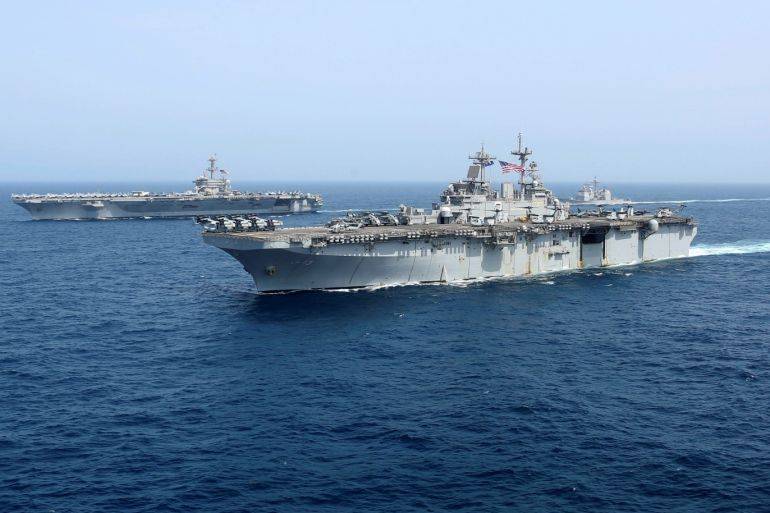China and the United States exchanged accusations at the beginning of the week regarding the disputed South China Sea after the Chinese military claimed it drove away a U.S. warship, which the U.S. Navy stated was conducting a routine freedom of navigation operation. A post on the official account of the Southern Theater Command of the People's Liberation Army on the WeChat social media platform stated that the Chinese military deployed naval and aerial forces to "track, monitor, and warn" the U.S. destroyer.
The U.S. Navy stated on Sunday that the USS Hopper "demonstrated navigational rights in the South China Sea near the Paracel Islands in accordance with international law." China claims sovereignty over nearly the entire South China Sea, a route for annual trade shipping estimated at over three trillion dollars, including areas claimed by the Philippines, Vietnam, Indonesia, Malaysia, and Brunei. An arbitration court ruled in 2016 that China's claims have no legal basis.
The Philippines and Australia began their first joint maritime and aerial patrols in the sea on Saturday after Beijing accused Manila of recruiting foreign forces to patrol in the South China Sea, referring to the joint patrols of the Philippine and U.S. armies. China stated that the incident at the beginning of the week "proves that the United States is the 'full cause of security risks' in the South China Sea."
Lieutenant Christina Wiedman, deputy spokesperson for the U.S. Seventh Fleet, said in an email statement, "The United States challenges excessive maritime claims around the world regardless of the identity of the claimant." She added that "illegal and sweeping maritime claims in the South China Sea pose a serious threat to freedom of the seas." Earlier this month, the U.S. State Department stated that the United States and China held talks on maritime issues, including the disputed South China Sea, with the U.S. side expressing concerns over China's "dangerous and unlawful" actions there.




